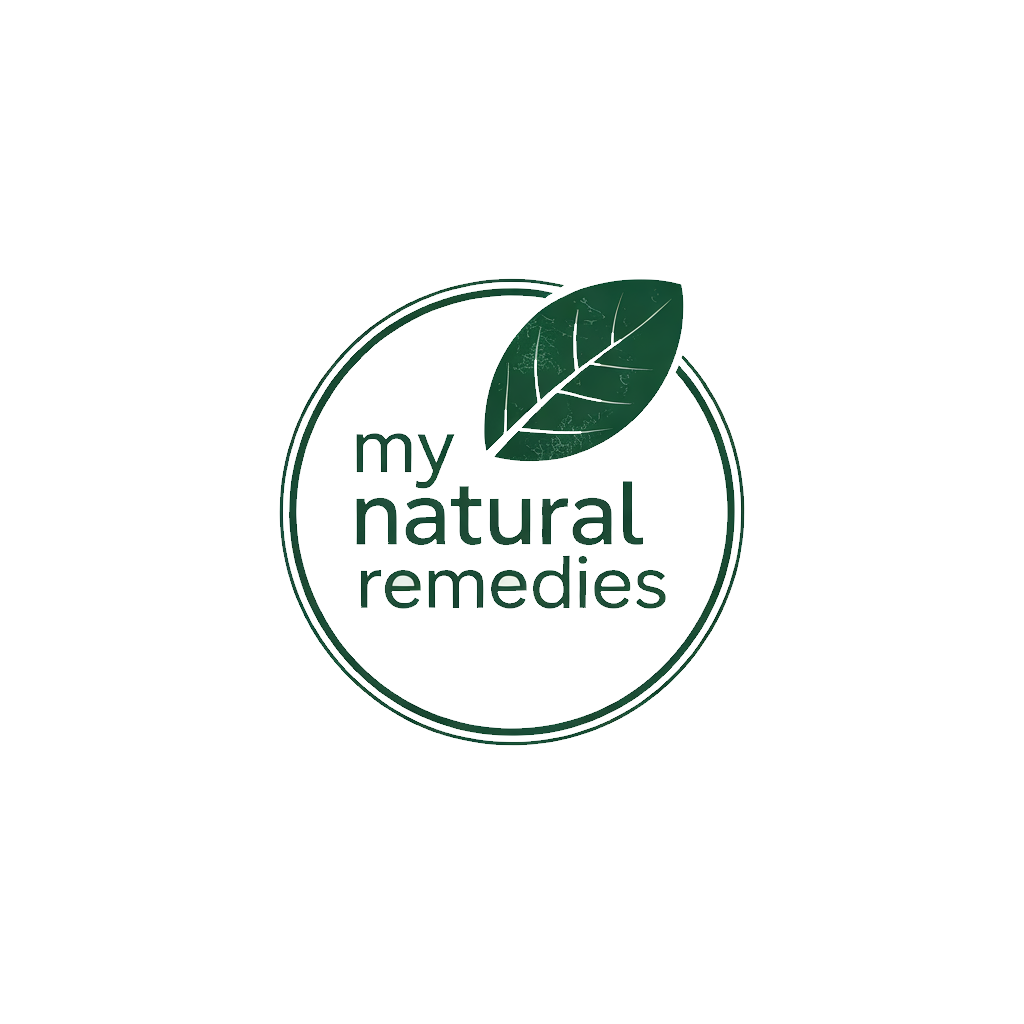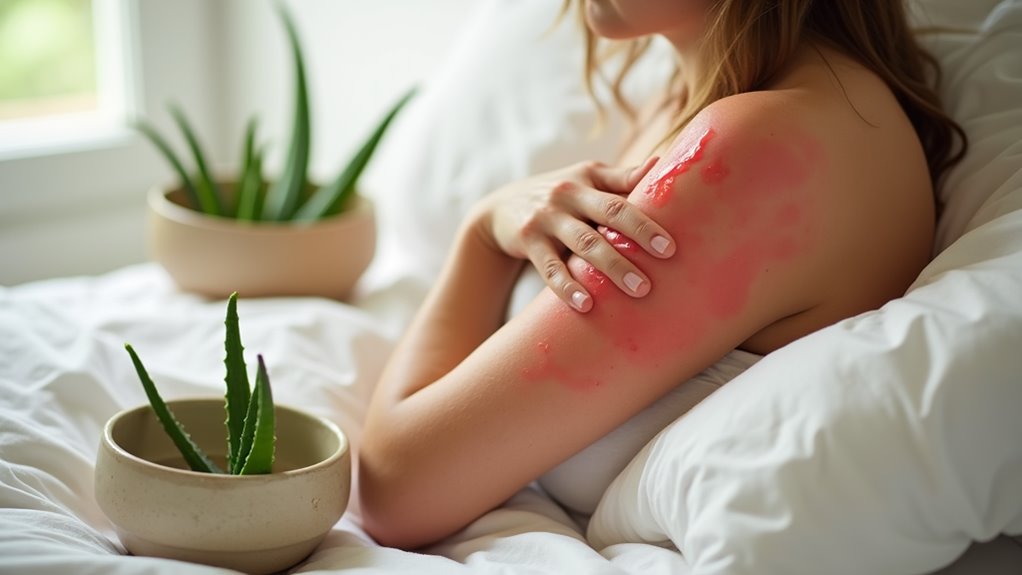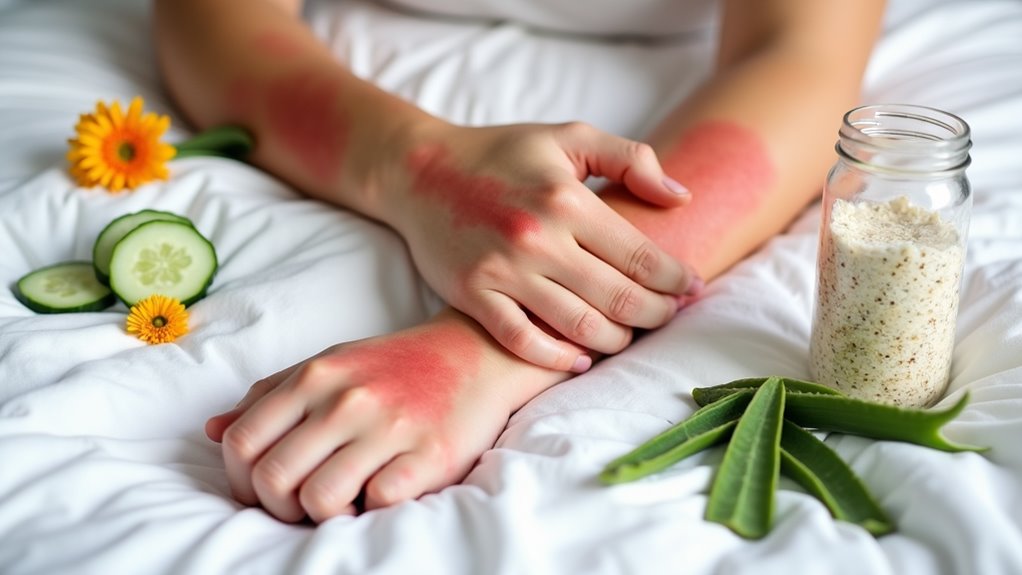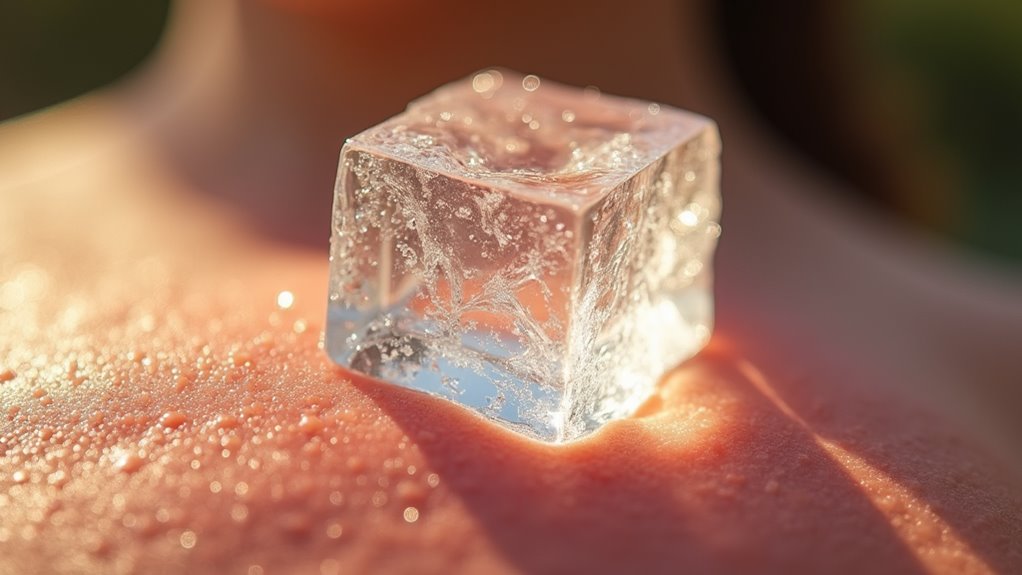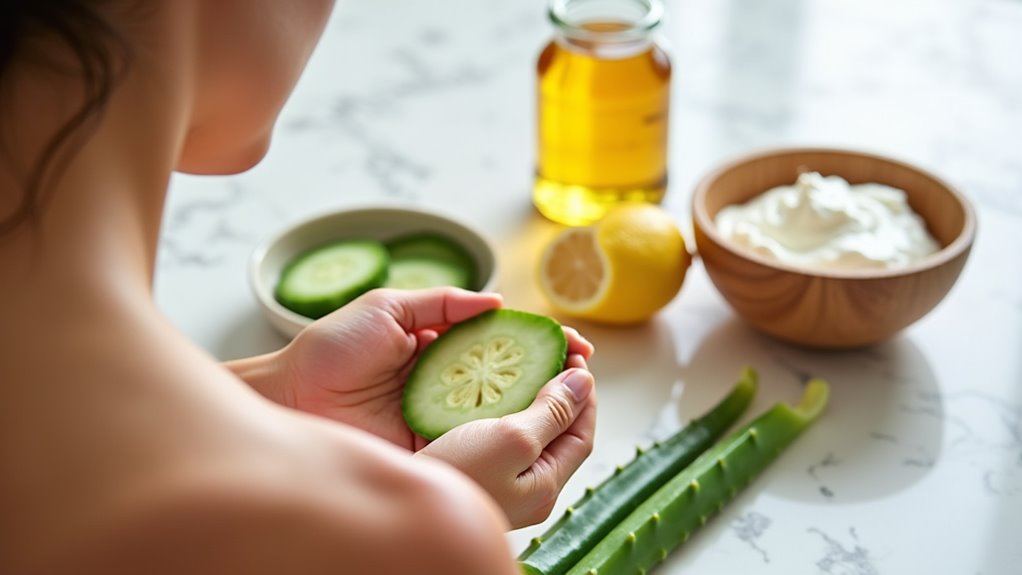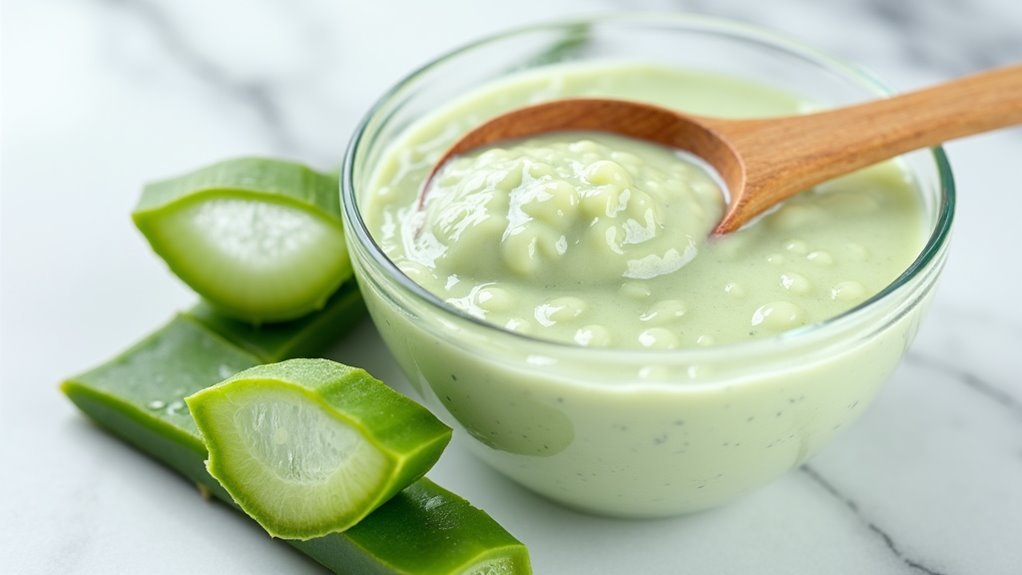You’re Treating Sunburns Wrong! Try This Instead
You’re likely making crucial mistakes in treating your sunburn that could worsen the damage. Skip common myths like applying butter or ice directly to burns, and instead focus on proven methods: Take a cool shower, use cold compresses, stay hydrated, and apply aloe vera to damp skin. For natural relief, try cold black tea compresses or plain yogurt masks. Understanding the science behind sunburn will help you make better treatment choices.
The Science Behind Sunburn: What’s Really Happening to Your Skin
When ultraviolet rays penetrate your skin, they trigger a complex defensive response in your body. Your skin cells detect DNA damage from the UV radiation and send emergency signals throughout your system.
Like many of us who’ve experienced this painful process, you’ll notice your skin becoming red, swollen, and tender – that’s your immune system rushing to repair the injury.
What you’re actually seeing isn’t just skin irritation; it’s your body’s inflammatory response working overtime. Your blood vessels dilate to increase blood flow to the affected areas, while white blood cells arrive to remove damaged skin cells.
This natural healing process is why many traditional sunburn remedies focus on reducing inflammation and supporting your skin’s recovery. Understanding this biological response helps you realize why cooling the skin and reducing inflammation are crucial steps in healing – your body’s already doing the heavy lifting, and you’re simply supporting its natural repair mechanisms. Additionally, applying aloe vera gel can provide instant cooling relief and promote skin healing during this process.
Common Sunburn Treatment Myths Debunked
While understanding the science of sunburn helps you make informed treatment choices, many popular remedies actually do more harm than good.
Let’s bust some common myths that might be sabotaging your skin’s recovery.
First, don’t apply butter, oils, or petroleum jelly to your sunburn – these products trap heat and can worsen the damage. Similarly, rubbing ice directly on burned skin isn’t helpful; it can cause further irritation and even frostbite.
That old advice about using white vinegar? Skip it, as it can disrupt your skin’s natural pH balance.
You’ve probably heard that hot showers help relieve the pain, but they’ll actually strip away essential oils and increase inflammation.
And while you might be tempted to pop those blisters, don’t – they’re your body’s natural bandages protecting against infection. The same goes for peeling skin; pulling it off prematurely can lead to scarring and delayed healing. Additionally, sunburn blisters typically heal within 3-7 days, so it’s crucial to allow them to remain intact for optimal recovery.
Proven First Aid Steps for Immediate Sunburn Relief
Taking quick action in the first few hours after a sunburn can significantly reduce pain and minimize skin damage. You’ll want to follow these proven steps as soon as you notice your skin turning red.
| Action | Benefit |
|---|---|
| Cool shower/bath | Reduces inflammation and heat |
| Apply cold compress | Soothes burned areas |
| Drink extra water | Prevents dehydration |
| Take ibuprofen | Decreases pain and swelling |
| Use aloe vera | Promotes healing |
Don’t wait to start treatment – your skin needs immediate attention. Applying a gentle moisturizer with aloe vera while your skin is still damp from the shower to lock in hydration is essential for effective skin repair. Keep the burned areas covered with loose, soft clothing to protect them from further damage. If you’re experiencing severe blistering or fever, you’ll need to contact your healthcare provider right away. Remember, we’ve all been there, but quick action can make a huge difference in your recovery.
Unexpected Household Remedies That Actually Work
If you’re looking beyond traditional sunburn treatments, several common household items can provide surprising relief. Your kitchen likely contains natural remedies that fellow sunburn sufferers swear by.
Try soaking a cloth in cold black tea – its tannic acid and antioxidants help reduce inflammation and redness. You’ll also find relief by applying a thin layer of honey, which acts as a natural antibiotic and moisturizer.
Don’t overlook your dairy products, either. A cool compress made from milk helps ease the burn thanks to its protein content, while plain yogurt creates a soothing mask that calms angry skin.
Even your morning oatmeal can help – make a paste with cool water and apply it directly to affected areas. For an instant cooling effect, place aloe vera gel or moisturizer in the refrigerator before application. Additionally, staying hydrated is crucial as dehydration can worsen skin conditions, so make sure to drink plenty of water.
These trusted home solutions have helped countless others manage their sunburn discomfort naturally.
When to Seek Medical Help for Severe Burns
Most sunburns can be treated at home, but certain warning signs demand immediate medical attention. If you’re experiencing severe blistering that covers more than 20% of your body, you shouldn’t wait to see a doctor. The same goes for intense pain that doesn’t respond to over-the-counter medications.
You’ll want to head straight to the emergency room if you develop signs of sun poisoning, including fever, chills, nausea, or confusion. These symptoms mean your body’s having trouble coping with the burn’s severity. Additionally, severe sunburn with blisters can indicate a more serious condition that needs professional evaluation.
Watch out for signs of infection too – if your burn starts oozing yellow fluid, feels unusually warm, or develops red streaks, don’t try to handle it alone.
For those with weakened immune systems or chronic conditions like diabetes, it’s especially important to seek professional care sooner rather than later.
Trust your instincts – if something feels seriously wrong, you’re better safe than sorry.
Frequently Asked Questions
Can Sunburns Lead to Freckles or Changes in Skin Pigmentation?
Yes, your sunburns can trigger melanin production, leading to freckles and darker patches. When your skin’s damaged by UV rays, it’ll often respond by creating more pigmentation for protection.
How Long Does It Take for Sunburned Skin to Start Peeling?
You’ll typically notice your sunburned skin starting to peel within 3-7 days after exposure. Don’t worry, it’s your body’s natural way of shedding damaged cells and healing.
Does Taking Hot Showers Make Sunburns Worse in the Long Term?
Yes, hot showers will make your sunburn worse by causing more inflammation and skin damage. You’ll want to stick with cool or lukewarm water to protect your healing skin.
Can I Still Get Sunburned While Sitting in My Car?
Yes, you can definitely get sunburned through car windows. While windshields block most UV rays, side windows don’t offer complete protection, so you’ll want to apply sunscreen during long drives.
Is It Safe to Apply Makeup Over Sunburned Skin?
You’ll want to skip makeup while your skin’s healing from a sunburn. It can irritate your damaged skin, slow down recovery, and trap heat. Let your skin breathe for faster healing.
